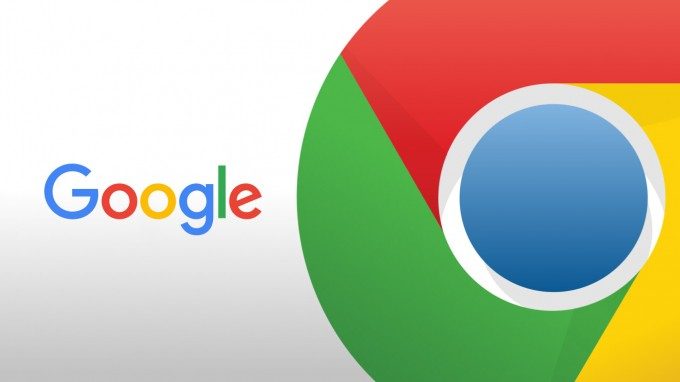Experimental builds of Chrome for Android have seen ongoing development of WebVR functionality, but today is a major milestone as WebVR comes to the stable branch of Chrome on Android—that’s the same version that everyone on Android sees in Google’s Play Store and the same version that’s been installed between 1 and 5 billion times. Now those with a Daydream supported phone and headset can step into virtual reality experiences directly through the browser.
WebVR’s massive potential is that it allows VR experiences to be hosted and run directly from the web, just like any other website. That means high accessibility and easy navigability, allowing VR users to traverse from one VR experience to the next without installing individual apps for each experience—imagine if you had to install a different app to visit every website; the web would not be nearly as useful without being able to jump from one hyperlink to the next, quickly and seamlessly.
Major industry players like Firefox, Google, Oculus, and Microsoft are on board with WebVR, and Chrome’s stable branch update now with WebVR built-in is a huge step for what these companies hope will one day become an official W3C web standard.
Today, anyone who updates or installs Chrome on their Android device will now have WebVR functionality built in, allowing those with Daydream compatible phones and headsets to pull VR directly from the web.
VR video company Within has created a WebVR-ready video player which lets you navigate and watch their library of 360 degree videos with your Daydream headset and controller.
If you don’t have a Daydream headset, the website flawlessly falls back to a layout that works with a mouse on desktop or a touchscreen on a smartphone. It’s the WebVR vision incarnate—a single website that’s accessible all the way from the most basic flat screen to immersive VR headsets.
More WebVR-enabled Example Sites:
Now, that said, there’s still work to be done on WebVR before it achieves its true potential. First, Daydream is presently the only supported headset for Chrome on Android (though Google says Cardboard support is on the way). And while other browser makers have committed to making WebVR part of their web stack, WebVR support in most browsers (including Chrome on desktop) is still under development, and it will take some time before anyone installing Chrome, FireFox, or Internet Explorer on desktop will simply be able to pop on their headset and jump into VR websites.
But it’s on the way. A spokesperson for Google tells Road to VR, “…we are actively working on bringing WebVR to desktop Chrome and to support other desktop headsets and of course our goal is to bring WebVR everywhere.”
WebVR also has to contend with the challenge of browser-based performance compared to native apps, which have for a long time had the upper hand. And while browsers have made major strides in the 3D rendering performance department in the last few years, there’s still more to do.
While the Within WebVR website works impressively well from a conceptual standpoint, the graphics are clearly not as sharp and the performance not yet as smooth as a native app counterpart for Daydream. However, those working behind the scenes on WebVR tell me they believe they’ll be able to reach near-parity in visual quality for many types of apps (though maybe not the latest and greatest AAA VR title).
This is a (big) first step for VR on Chrome. Google is also in the process of developing a ‘VR Shell’ to make legacy websites browsable in VR too.



